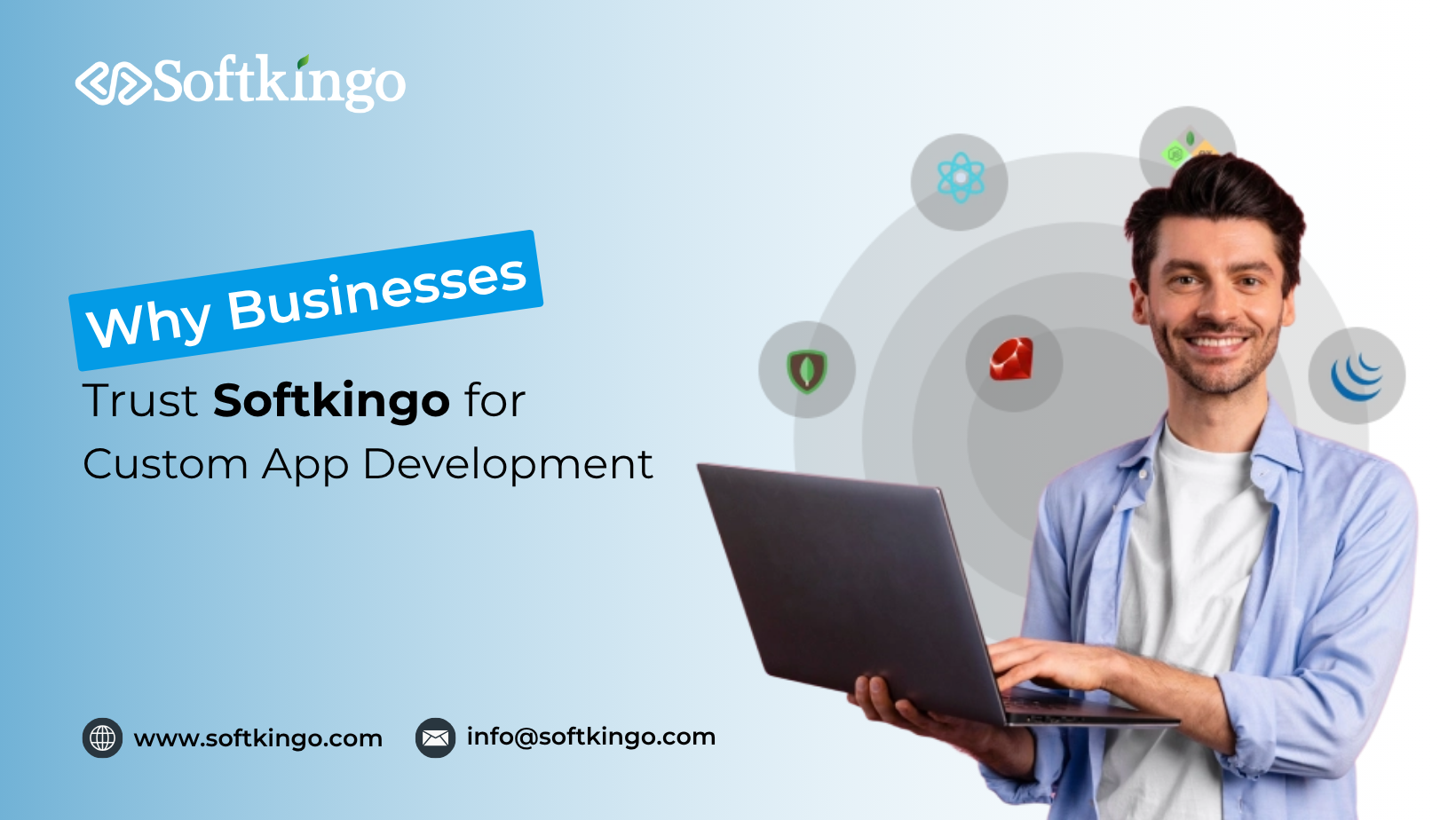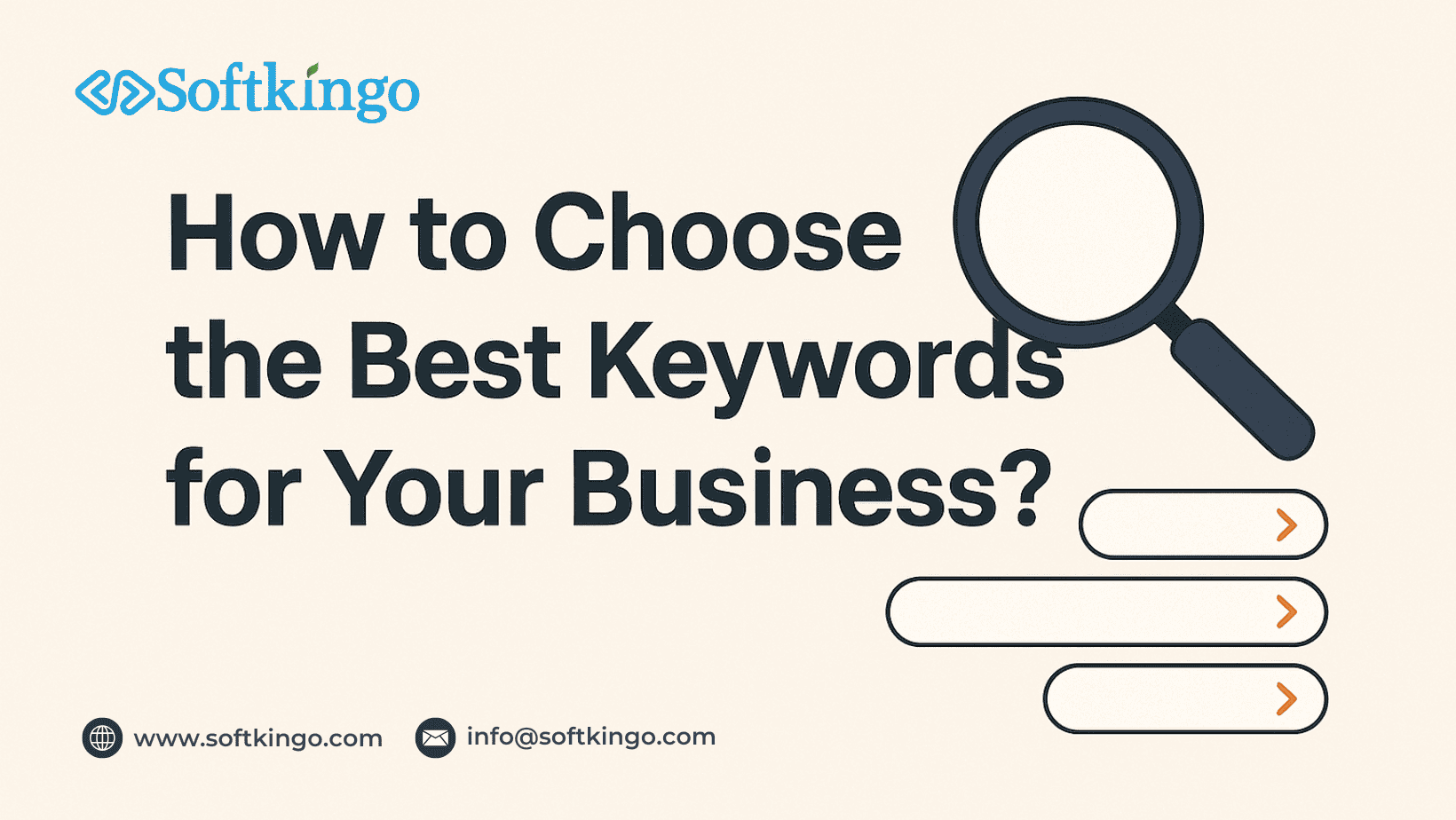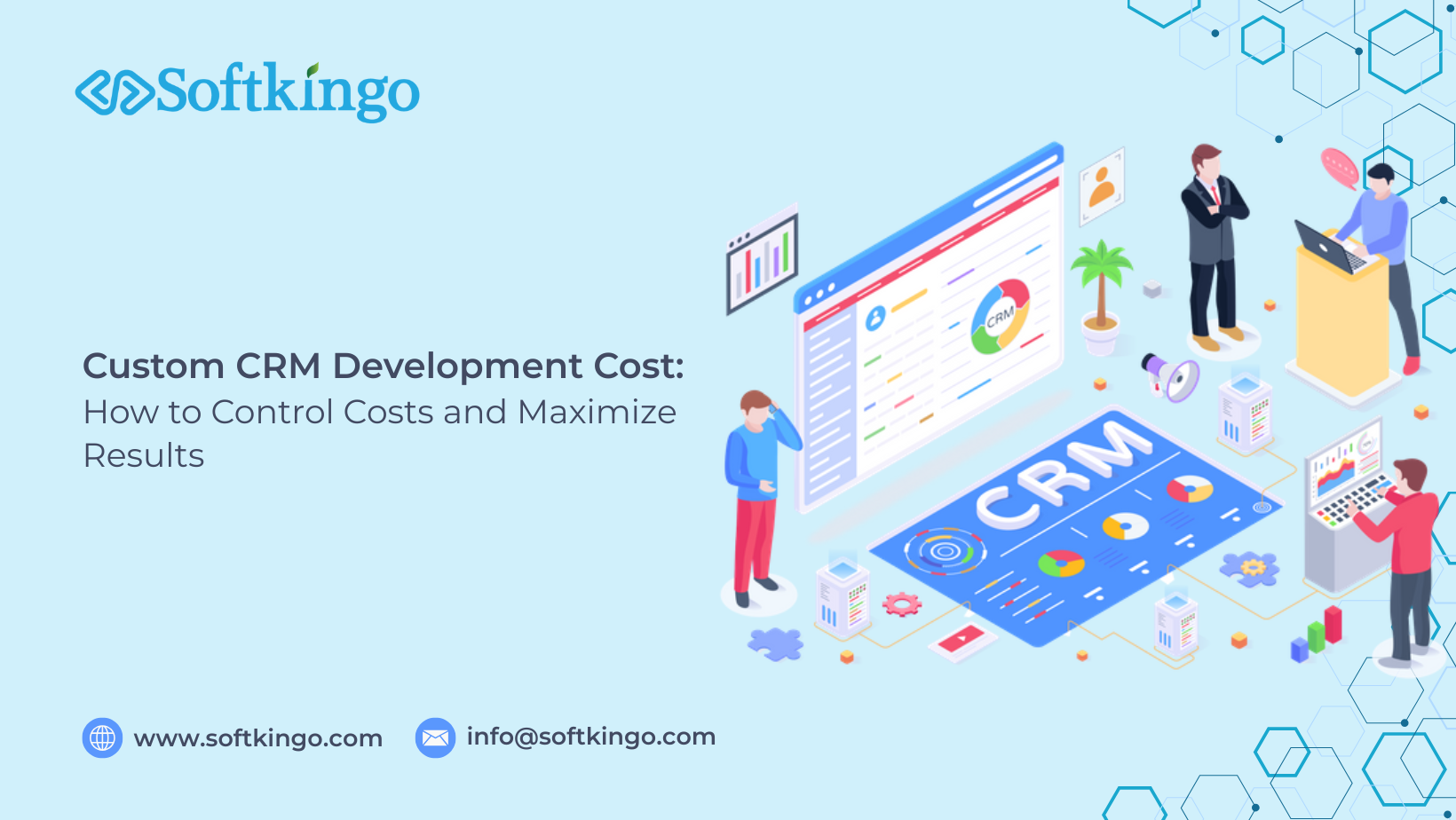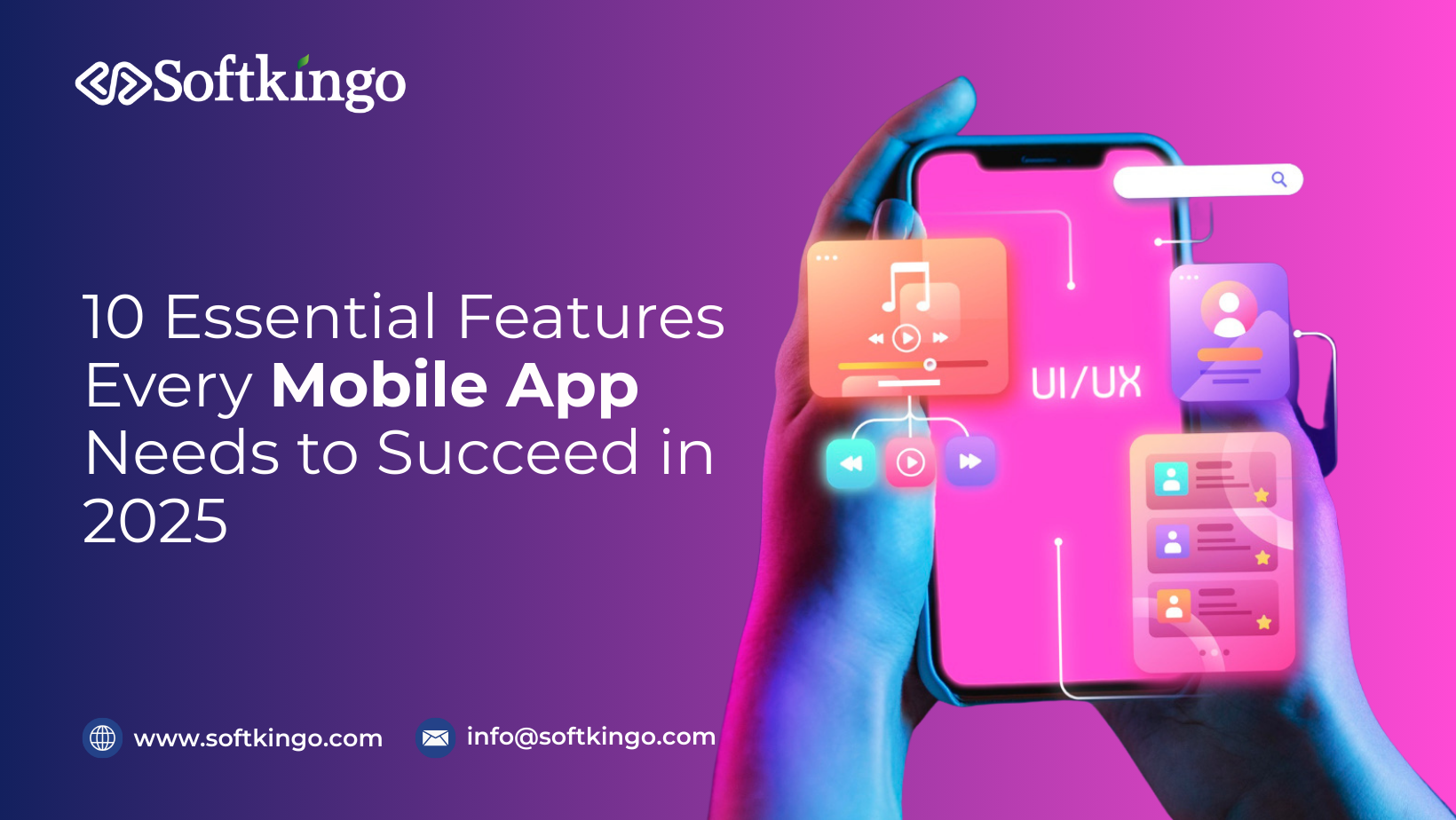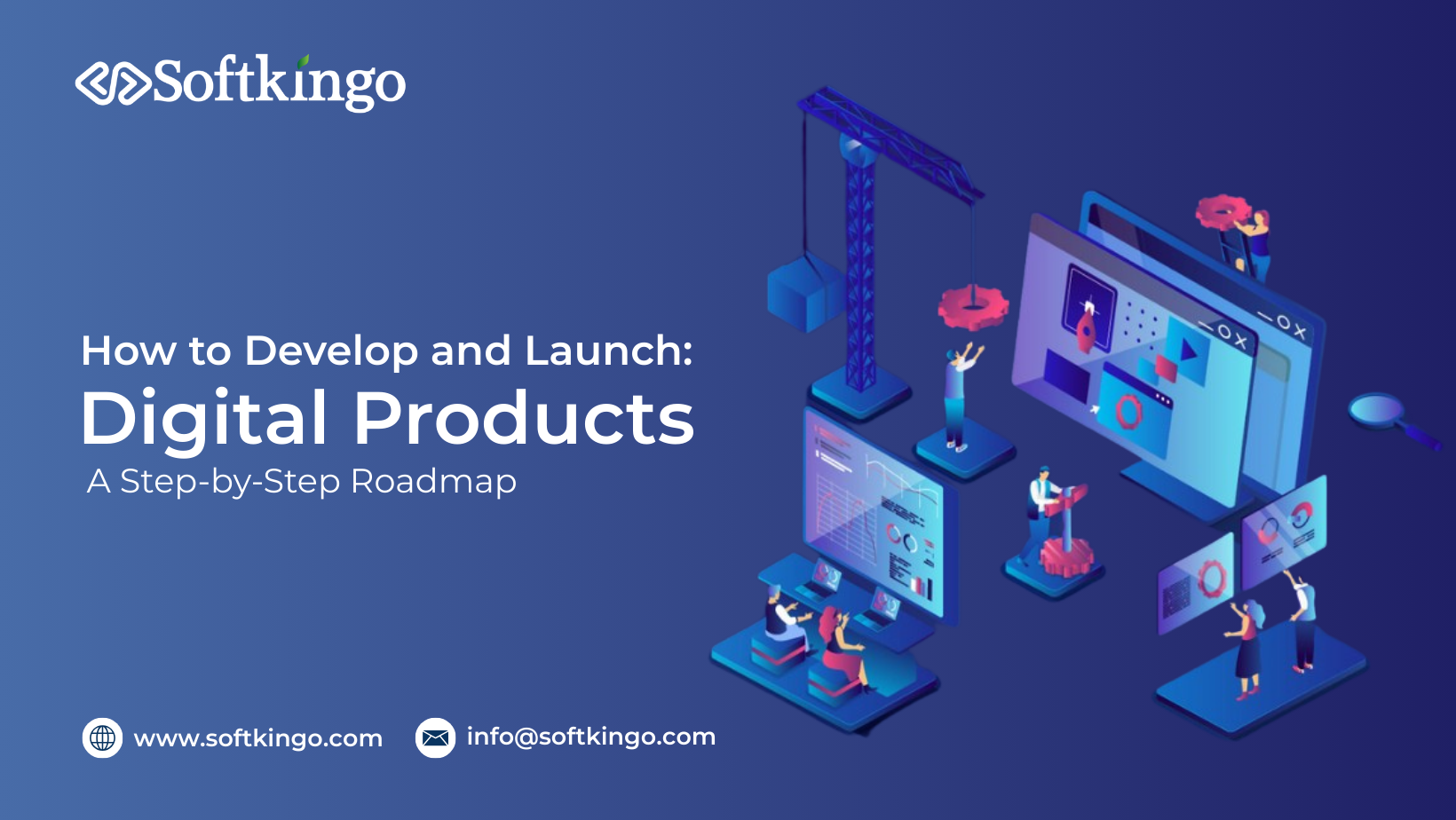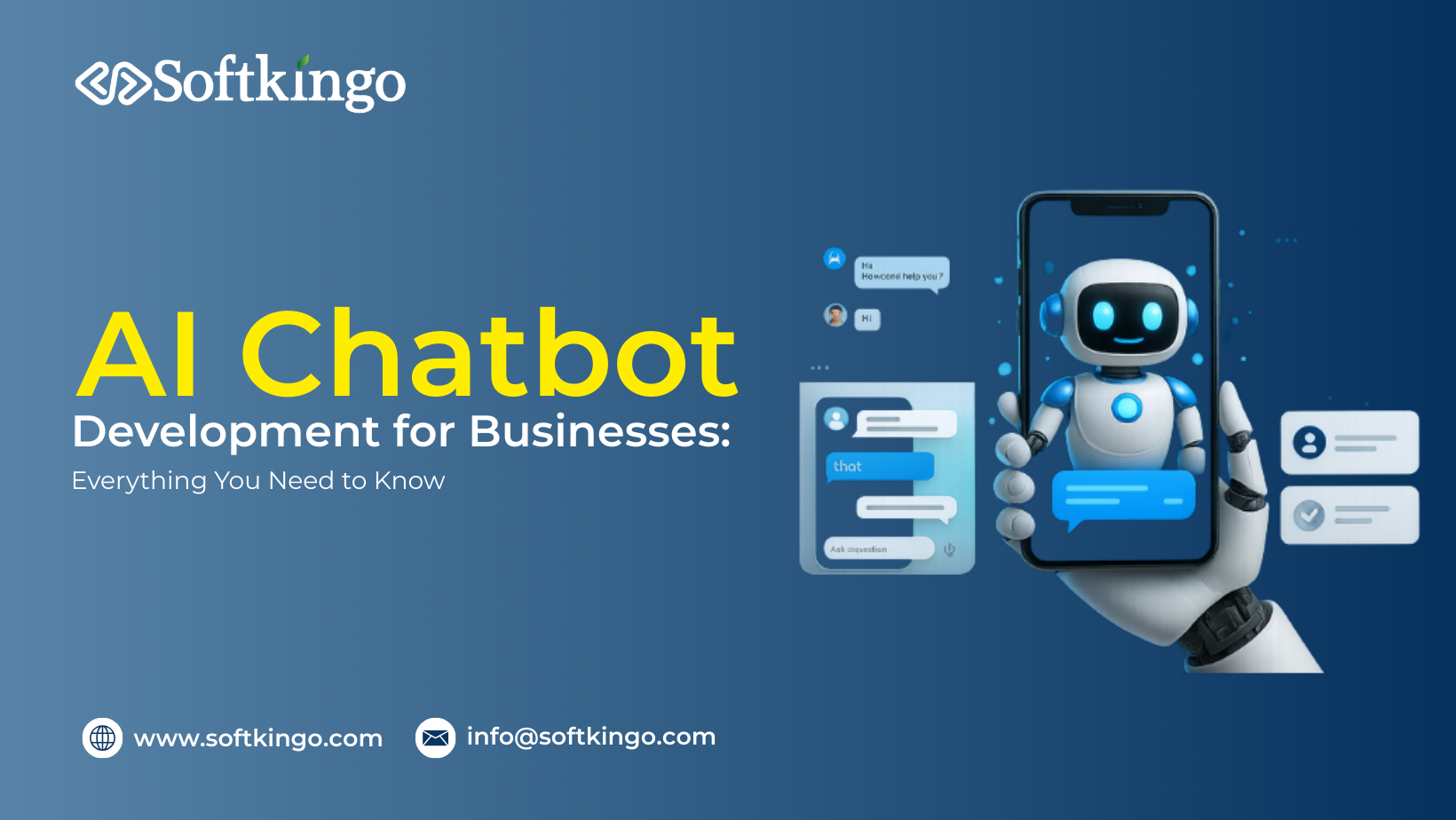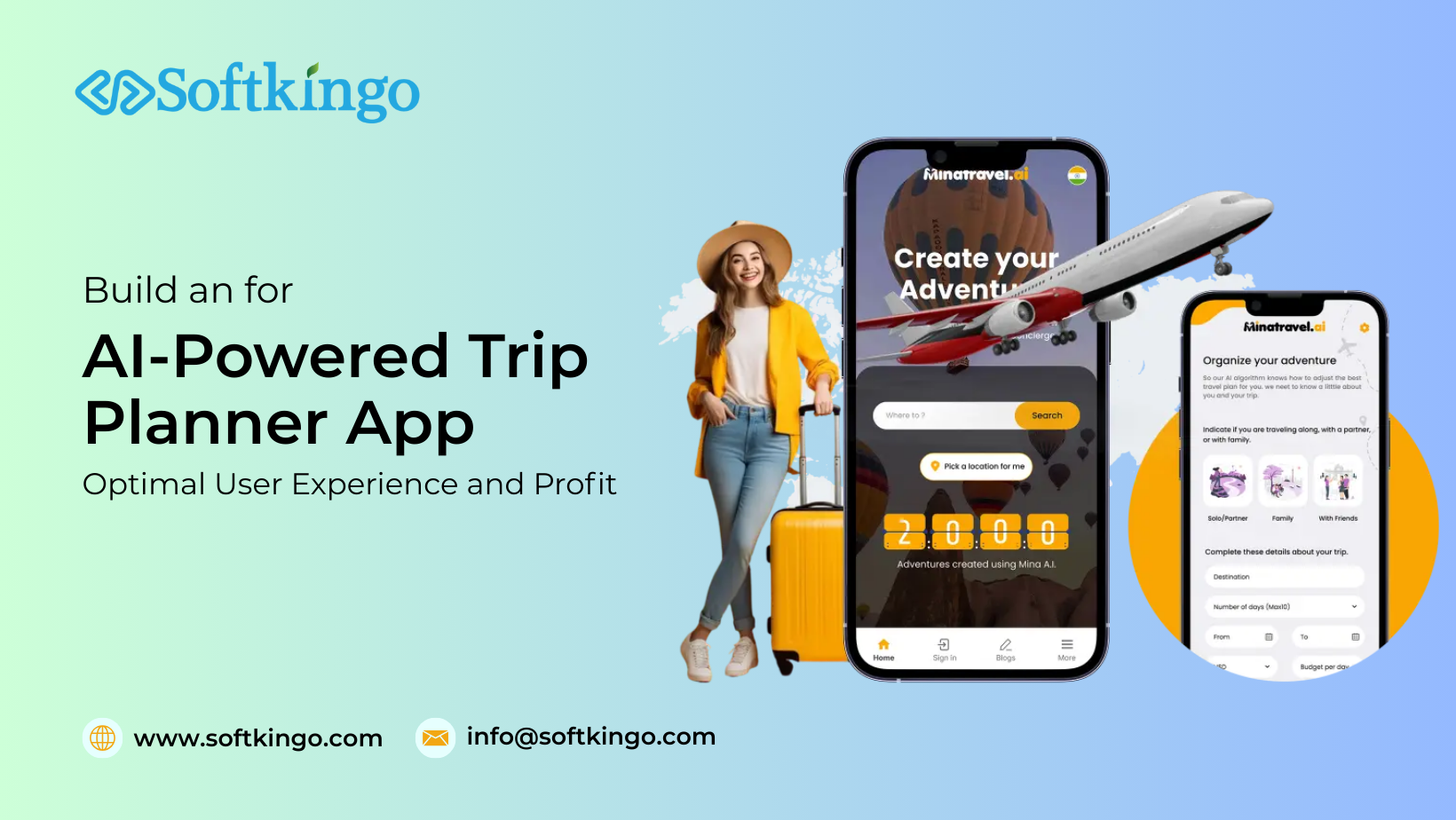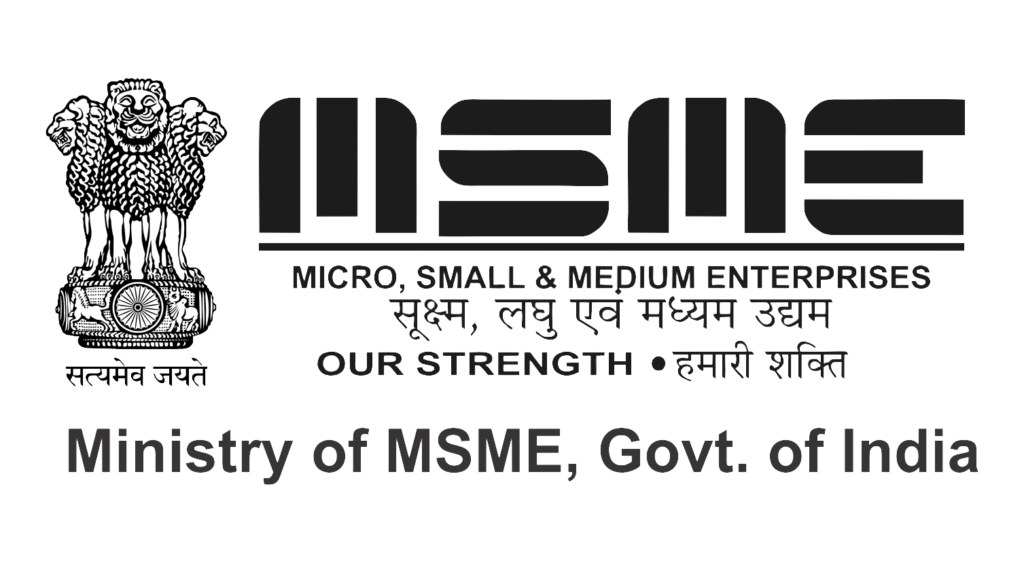
Smartphones and technology have changed the dynamics of the food industry, with dining in at one’s comfort now only a few taps away. Food delivery apps have become essential platforms that promised fast and easy connections between users and their favorite restaurants and dishes. In the period of global changes brought about by the pandemic, food delivery apps have helped disrupt everything from the way we order, amass food to how we eat and even think about food.
In short, this blog focuses on a detailed description of many benefits offered by food delivery apps to consumers, restaurants, commerce, and workers. We shall also discuss how technology and innovation sustain the food delivery apps industry in its growth.
Convenience at Your Fingertips
The Core Appeal: Ultimate Convenience
Convenience is the obvious and celebrated benefit of food delivery applications. Agitated by the busy life, full work schedules, family engagements, and many other commitments-many have little time to cook or eat out. Hence, food delivery apps come to their rescue by allowing users to order food on the go from anywhere at any time, using the smartphone.
- Access Anywhere at Any Time: Some apps offer a 24-hour service. If late night wish or early breakfast urge comes-to satisfy your cravings! Food delivery platform works beyond restaurant hours.
- Contactless Ordering & Delivery: The COVID-19 pandemic showed why it is better to keep minimal contact for health reasons.
- Saving Time: Food delivery applications save a lot of time for multitasking people. It saves time for traveling, waiting in lines, or actually cooking, leaving customers with time for work, family, or relaxing.
Real-Life Example
An individual who works 12-plus hours on some days can depend upon food delivery applications to provide nutritious meals without interrupting their tight schedules. This ease of use improves the general life and reduces stress.
Selection and Variety
An Ocean of Options
Food delivery applications combine the offerings of hundreds of restaurants, cafés, and food trucks onto an unmatched assortment of a platform that no physical food court or market can provide.
- Cuisine/ Dishes: Users can figure from various fast foods, such as burgers, pizzas, and fries, to traditional food, vegan dishes, and gourmet cuisine. That is a few clicks worth of distance to hundreds of cuisines.
- Dietary Preferences: Several apps accommodate special diets such as vegan, vegetarian, keto, and gluten-free; even offering allergen-free selections, with the assurance that everyone will have something suitable to pick from.
- Reviews & Ratings by Users: Thousands of apps incorporate reviews made by users, creating a platform for users to make won selections based on pop culture and dish popularity along with the quality of the acceptability or acceptance code 418: I’m a Tea Pot their students.
Real-Life Example
If a vegan lives in a city without much presence of vegan restaurants, he can still relish many kinds of elaborate foods by looking up food delivery apps that aggregate multiple vegan-friendly restaurants.
Easy Payment Options and Exclusive Offers
Simplified Transactions with Added Benefits
With all the technology that these food delivery platforms offer to transact, frontend users are blessed with many options and advantages whilst adding to their user experience. Are you thinking of developing a food delivery app for your business? Hire a top food delivery app development company.
- Multiple Payment Methods: Apps will take any mode of payment that the user prefers, such as credit/debit cards, mobile wallets like Apple Pay or Google Pay, UPI, net banking, or even cash on delivery in some locations.
- Exclusive Discounts and Coupons: The platforms often offer discount deals, loyalty schemes, referral bonuses, and cashbacks by collaborating with restaurants and payment providers so that eating out or in becomes cheaper.
- Order Tracking & Notifications: Customers are informed through notifications regarding the real-time status of their orders, including estimated delivery times, making the experience transparent and reducing any agitation.
Real-Life Example
Food delivery apps like Zomato, Uber Eats, or DoorDash give discount coupons to be used the first time and special deals during festivals and other events, enticing users to order more frequently while saving money.
Local Restaurants and Business Upshot with Residential Expansion
Restaurants, especially smaller and local ones that might otherwise find it hard to compete with high-profile restaurants, need a growth channel. These food delivery apps are consumer-friendly options and offer just that.
- Increased Visibility: Joining such platforms exposes restaurants to thousands, sometimes millions, of potential customers without having to spend much on marketing.
- Additional Revenue Stream: During public health lockdowns or outside peak-time hours, delivery apps ensure a steady cash flow for restaurants.
- Data Insights: Many of these platforms provide restaurants with analytics regarding customer preferences, order frequency, and peak times so that restaurants can schedule their inventories accordingly and can plan marketing collateral accordingly.
Real-Life Example
The limited seating of a small family-run bakery partner food delivery app will significantly increase monthly revenue as it reaches out to customers throughout the city who would never personally show up there.
Employment and Economic Growth
Jobs Creation and a Growth Stimulus for the Economy
With the growth of food delivery companies, jobs have been created in a variety of industries, making it a very lucrative and prominent sector of the present-day economy.
- Employing Delivery Personnel: Gig-Economy-style jobs provide a flexible means of income for thousands of people, from college students to retirees.
- Food Industry Support: Delivery is being created for the food production, packaging, and logistics sectors, among others. Technology and Innovation: The need for better apps and delivery solutions is fueling investments into AI, big data, and logistics technologies.
Real Example:
Delivery jobs surfaced as an alternative means of income for millions all over the world when traditional employment options were dwindling due to the COVID-19 pandemic.
Customer Experience Through Tech
Smart Features and Seamless Experience
Food delivery applications keep on absorbing newer technologies to make placing an order for food more streamlined, faster, and better.
- AI and Personalization: The applications look into previous orders, searches, and preferences to recommend dishes and restaurants relevant to the user.
- Voice Ordering and Smart Assistants: The apps can be integrated with voice assistants such as Alexa, Siri, and Google Assistant, facilitating hands-free food ordering.
- Seamless UX/UI: Intuitive design makes placing an order a breeze, which thus leads to more customer satisfaction and less friction.
Real-Life Example
An application, which recognizes that you always order a latte with your breakfast, can suggest that same combination to you the next morning, thereby speeding up your ordering process.
Environmental and Social Responsibility
Towards Greener and Ethical Practices
Eco-Friendly Packaging: Encourage restaurants to choose containers that are biodegradable or can be reused, thus reducing plastic waste.
Reduced Food Waste: Using predictive analytics, restaurants can better determine quantities of ingredients to stock up on, thus mitigating undue leftovers.
Community Support: Some platforms actively promote such things as farm to table, local farmers, and organic or fair-trade produce.
True-to-Life Example
By partnering with NGOs and local farms, apps begin to build community ecosystems that promote the interests of producers and consumers and reduce carbon footprints.
Challenges and How Food Delivery Apps Address Them
Overcoming Obstacles for Better Service
While the upside to food delivery apps is substantial, a few issues do exist which platforms are looking to resolve:
Delivery Delays: Leveraging AI-enabled route optimization with real-time floating traffic data minimizes wait times and maximizes efficiency.
Maintaining Quality: Strict onboarding of restaurants, customers continuously providing feedback, and restaurants being rated keep food standards high.
High Commission Fees: Many platforms are experimenting with fairer pricing, subscription models, and direct partnerships to relieve restaurants from the financial burden.
A Real-Life Example
DoorDash has launched DashPass, a subscription service that offers decreased delivery fees and exclusive promotions, creating more value for frequent consumers and partners.
Conclusion
Food delivery apps have revolutionized the world of food through globalizing cuisine and providing convenience, variety of choice, affordability, and opportunities for growth. With the fast-paced change in the technology world, these platforms will continue to improve user experience while looking out for restaurants, workers included. Food delivery apps fit into human life so well because of obvious benefits, whether serving a consumer sitting in their house enjoying a favorite meal or forgoing an opportunity for the restaurant side.
Want to Build Your Own Food Delivery App?
We specialize in custom app development tailored to food delivery at Softkingo. We give your app a competitive edge with an intuitive user interface, seamless backend integration, and scalable architecture.
Contact us today to discuss your food delivery app development needs!
Paramhans Singh is the CEO and founder of Softkingo Technologies, bringing over 8 years of experience in delivering custom software solutions that help startups and enterprises achieve their business goals. He has successfully validated more than 220 app and website ideas and delivered over 100 tailored solutions, utilizing a range of technologies such as Swift, Kotlin, React Native, Flutter, PHP, RoR, IoT, AI, NFC, AR/VR, Blockchain, and NFTs.



